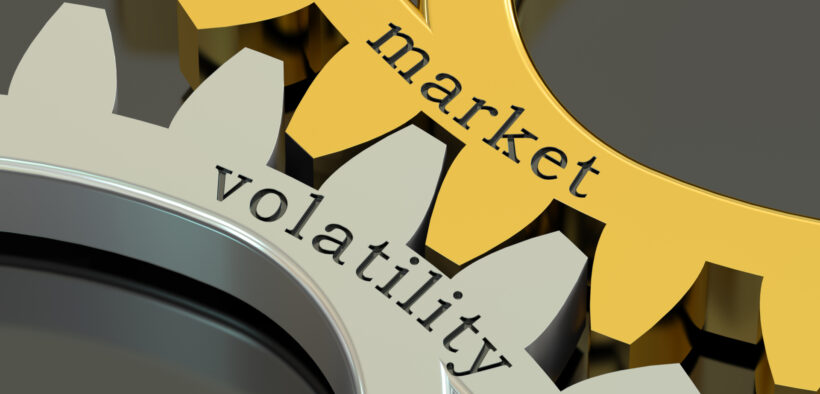The Storm Before the Calm
Share

Governments and economies are constantly buffeted by conflicting forces, both internal and external. The conflicting forces and the shifting equilibrium between them in the markets give rise to the risk that rewards prudent investing.
We are in a stormy period in the markets once again. The equilibrium has been displaced by the pandemic, opposition to public health measures, deficit spending, rising inflation, high unemployment, massive ongoing monetary stimulus, a looming Treasury default, and a $4.7 trillion spending and tax increase legislative impasse in Congress.
The stock market followed the bond market in September, and the bond market looked to the roiling waters in Washington to divine the price of money. Not much is clear except that money, grudgingly, is getting more expensive.
Inflation, as measured by CPI inflation, dropped a tad to 5.3% for August from 5.4% in July, but the Fed’s favorite measure, PCE, rose from 4.2% to 4.3%, leading to a new Fed definition of “transitory” as “larger and longer than anticipated.”
Intermediate- and long-term Treasury bonds both fell in price, pushing up yields. The 10-year Treasury settled at month’s end over 1.5% up from 1.3% at the end of August. A reluctant sell-off perhaps, but bonds remain well out of step with inflation. Other risks are also bearing down on bonds.
We are 18 months into a $10 trillion relief and stimulus binge that has added $3 trillion to the national debt and $4 trillion to the Fed balance sheet, and the binge is not over yet. The Fed is talking about but has not yet begun to taper its $1.2 trillion of annual bond buying, which even if started in November would likely stretch well into 2022.
This Fed stimulus keeps intermediate rates well below inflation, and prevents the Fed from raising the overnight short-term rate, which would tighten up credit and help tamp down inflation.
The Fed is reluctant to raise rates to cool off inflation while unemployment is high, which could spark a recession, but letting stagflation run is also bad for the economy. So is a $28.8 trillion national debt, now $6 trillion more than and 126% of GDP (2021)
Meanwhile, Congress has drawn a line in the sand between the bi-partisan $1.2 trillion infrastructure bill (“good debt”) and the $3.5 trillion Biden budget and tax increase plan (“bad tax and spend increases”). Republicans have turned hawkish on the budget now that they’ve given up the reins and are disclaiming responsibility for the monster deficits of 2020 and any interest in increasing the debt ceiling.
Without an increase or an extension to the debt ceiling, the Treasury will default, bonds and stocks will sell off, and the whole world will wonder if there is any place safe to keep money. Not likely perhaps, but more than a few hawks in Congress would like to blow it up, so it is a risk. At the moment, the only way through this is to add the debt ceiling increase to the $3.5 trillion spending bill. All 50 Democrats in the Senate have to sign on to pass it through the reconciliation process.
Congress did pass a short-term appropriation bill last week to fund the government through December 3, with 15 Republican senators and 34 Republican congressmen supporting it. That bill sets another drop-dead date on the $3.5 trillion Biden plan, and so far zero Republicans are signed up.
A well-founded retirement plan built to withstand storms such as this must provide safe funding for your retirement lifestyle and prudent long-term growth for the part of your savings not critical to supporting your lifestyle. You need a weather eye for opportunities to rebalance your portfolio in both the peaks and valleys to come, making the best of evolving market conditions.
We are either in the eye of the storm or exiting the other side, the next month will tell. Storm season isn’t over.
